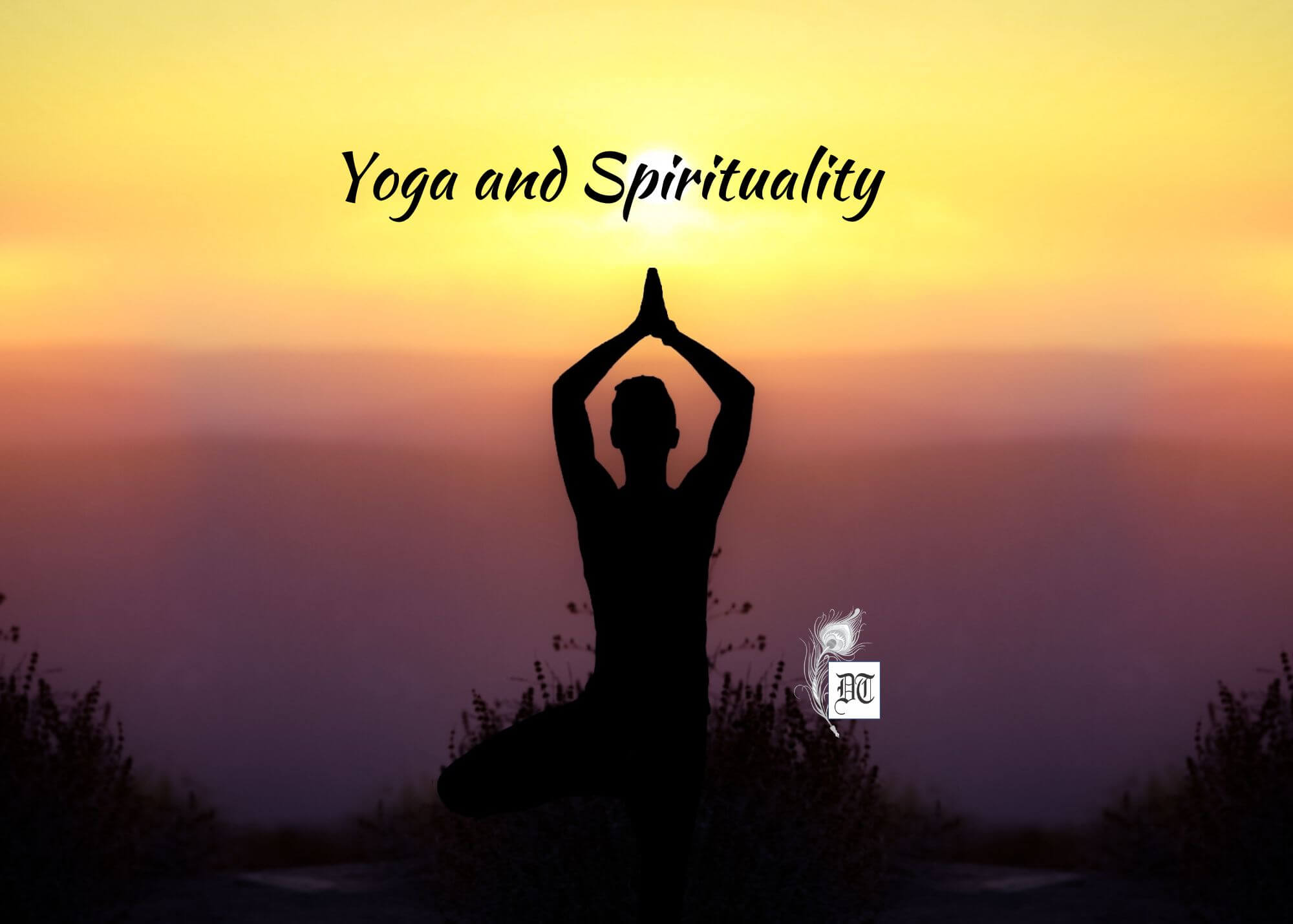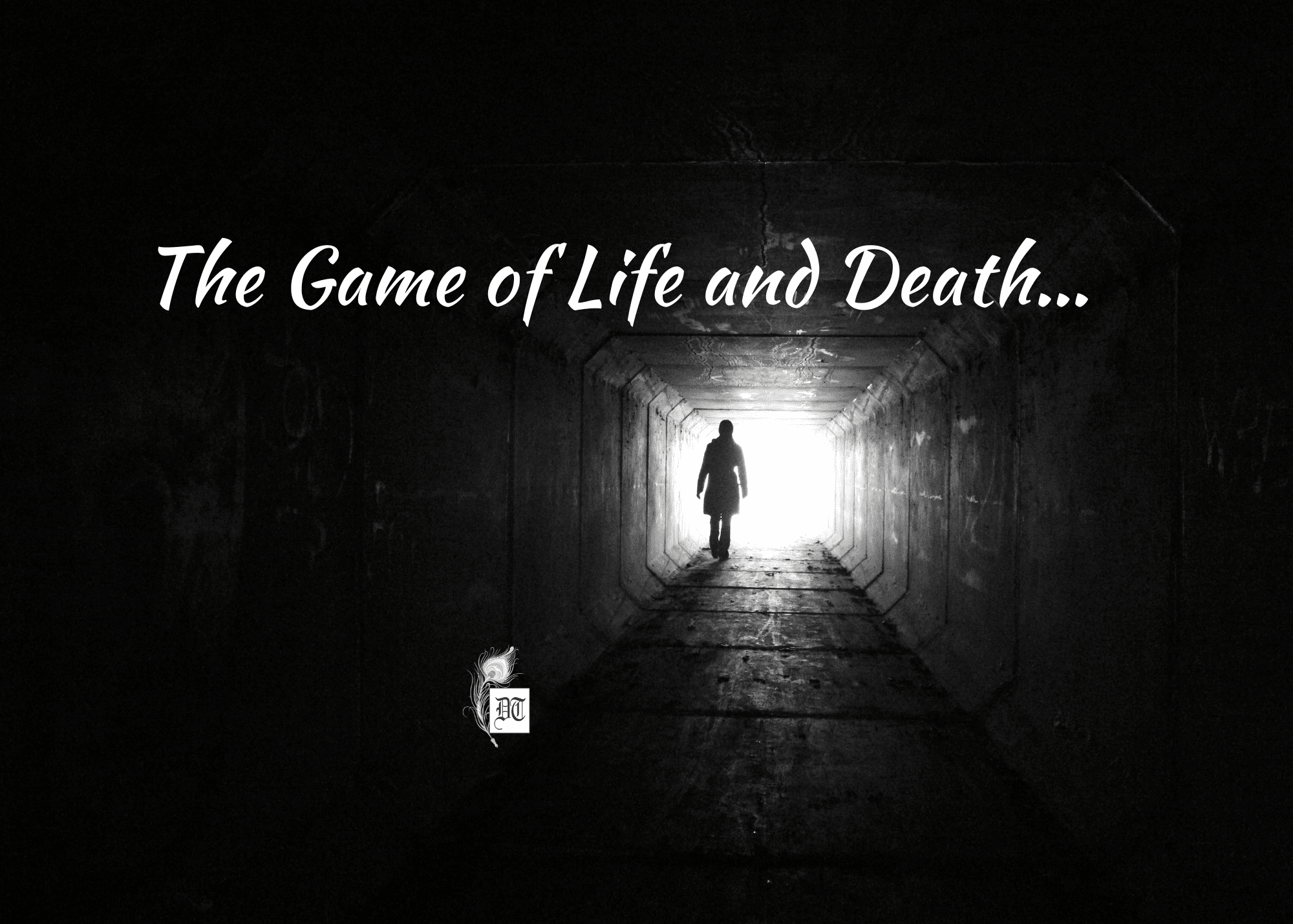The Ashtanga Vinyasa Yoga codified and popularised by K. Pattabhi Jois, during the 20th century, and is often promoted as a modern-day form of classical Yoga. Our Yoga expert, Navodita, details it, in the weekly column, exclusively in Different Truths.
Of all the schools of Yoga, there’s yet another school of Yoga called Ashtanga Vinyasa Yoga, codified and popularised by K. Pattabhi Jois, during the 20th century, and is often promoted as a modern-day form of classical Yoga. Sri K. Pattabhi Jois began his yoga studies, in 1927, at the age of 12 and by 1948, he had established the Ashtanga Yoga Research Institute for teaching it.
 Initially, Ashtanga Yoga was taught by Vamana Rishi in the Yoga Karunta. The text was imparted to Sri T. Krishnamacharya in the early 1900s by his Guru Rama Mohan Brahmachari and was later passed down to Pattabhi Jois during his studies with Sri Krishnamacharya. According to Guruji, Ashtanga Yoga comprises the following:
Initially, Ashtanga Yoga was taught by Vamana Rishi in the Yoga Karunta. The text was imparted to Sri T. Krishnamacharya in the early 1900s by his Guru Rama Mohan Brahmachari and was later passed down to Pattabhi Jois during his studies with Sri Krishnamacharya. According to Guruji, Ashtanga Yoga comprises the following:
- Vinyasa: It means breathing and movement system, which is helpful in cleansing the body.
- Tristhana: Here thrust is given on posture, breathing system and looking place, which purifies the body, nervous system and mind.
- Six poisons: These six poisons are Kama, Krodha, Moha, Lobha, Matsarya, and Mada. These surround the heart and are represented by desire, anger, delusion, greed, envy, and sloth.
Each class of Ashtanga Yoga begins with a chant or a prayer:
Vande gurunam charanarvinde sandarsita svatma sukhava bodhe
Nih-sreyase jangali-kayamane samsara-halahala moha-santyai
Abahu purusakaram sankha-chakr-asi-dharinam
Sahasra sirasam svetam pranamami patanjalim
This mantra connects with the ancient tradition of the eight-limbed path (Ashtanga Yoga). A track that leads out of the jungle of conditioning, prejudices, and illusion to a clearer realisation of the Self. Patanjali formulated the philosophical concepts of the tradition. He symbolises the clear realisation of the Self (a thousand radiant heads) and mastery (sword, distinctiveness) of origin (conch, primordial sound) and finitude (discus, time).
This prayer is usually followed by the Sun Salutation poses. It forms the basis of the Astanga Yoga practice. Here the steadiness of breath (Ujjayi), energy control (Bandha), and concentration (Drishti) are established. This creates the powerful flow of a dynamic meditation, where you count the movements (Vinyasa) like beads on a rosary and stay in certain positions for five breaths (Asana). After the opening mantra, three to five rounds of Surya Namaskar can lead directly to a brief finishing sequence. This results in a short, yet still complete, and balanced practice. Once this has been established, the fundamental positions can then be included in between.
The fundamental positions (Asanas) tune the physical and energetic body to balance (Alignment). The dynamic of the Sun Salutations transform to new forms of movement. Just as before each sequence begins and ends in a standing position. Counting every movement from there, you will arrive in certain positions after much strenuous task and exercise. However, once the rhythm is familiar, the sequences partially  merge with each other. Once in a while, you will still pass through Samisthitih. Nevertheless, the number of times you do individual movements are not changed.
merge with each other. Once in a while, you will still pass through Samisthitih. Nevertheless, the number of times you do individual movements are not changed.
Whenever you pass through the standing position, it is an opportunity, especially for beginners, to obtain the warmth and dynamics of the practice through a connecting sequence of movements. You may add these six fundamental positions after Surya Namaskar once you are well-familiarised with their practice – Padangushthasana, Pada Hastasana, Utthita Trikonasana, Parivritta Trikonasana, Utthita Parsvakonasana, Parivritta Parsvakonasana.
The finishing sequence guides the practitioner in Ashtanga Yoga to an energetic culmination. The breathing calms down, muscle contractions become subtle, and concentration turns inward. This sequence consists of only one sitting posture (Padmasana), followed by the closing mantra and finally a relaxation posture (Savasana) until attention and breathing subside, and the last drop of sweat evaporates. With cumulative experience in practice, further tranquil positions (Asanas) are gradually added to complete the sequence. Only a few movement sequences through a plank pose (Vinyasa) or backward roll (Chakrasana) hold the underlying dynamics of the practice up.
Then for regular practitioners, Ashtanga Yoga recommends primary series, intermediate series, and advanced series. Primary series require more flexibility, power, and endurance. Some of these include Utthita Hasta Padangushthasana, Utthita Parsvasahita, Ardha Baddha Padmottanasana, Utkatasana, Virbhadrasana, Dandasana, Paschimottanasana, Ardha Baddha Padma Paschimottanasana, Janusirsasana, etc. After about two years of constant practice, you start doing the Nadi Shodhana Pranayama, which assists in cleansing of the energy channels. Breath, energy control, and focus become deeper in experience. Sometimes, at this point, the physical body is so flexible and powerful that the series is no longer adequate as a field of learning. You have to the second series and then the advanced series. The advanced sequence of the Ashtanga Yoga demands a high degree of strength and flexibility. A lot of practice and endurance is required to learn it.
Thus, we saw how Ashtanga Vinyasa Yoga has a set of routine exercises and asanas to steer you to peace, health, and prosperity. Next time we will be back with a new routine of asanas propounded by another school. Since all paths lead to the same end and have the same objective, we believe you should do what suits your body and lifestyle the best.
©Navodita Pande
Photos from the Internet
#AshtangaVinyasa #Vamana Rishi #Asana #Yoga #HolisticHealth #Wellness #YogaRoutine #HealthyLifestyle #KPattabhiJois #VamanaRishi #DifferentTruths






 By
By
